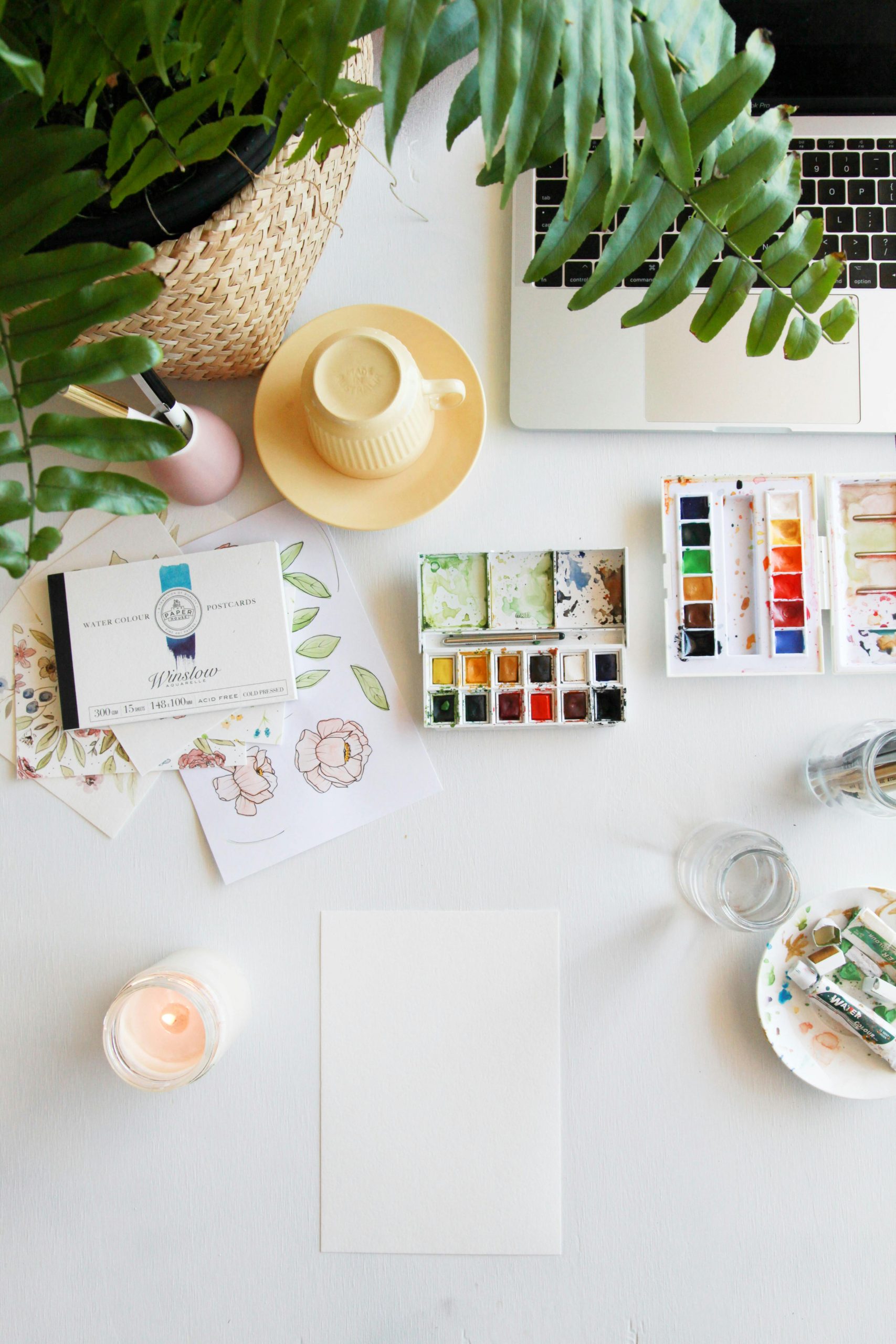For artists, creativity isn’t just a passion—it’s a way of life. But turning that passion into a steady income stream can be challenging, especially when traditional art sales or commissions aren’t enough. Fortunately, the gig economy and digital platforms have opened up countless opportunities for artists to monetize their skills in unique ways. Whether you’re a painter, illustrator, sculptor, or digital artist, there are creative side hustles that can help you boost your income while showcasing your talent to a broader audience.
1. Sell Digital Art and Printables Online
The digital marketplace has made it easier than ever for artists to sell their work without the overhead costs of physical inventory. Platforms like Etsy, Creative Market, and Gumroad allow you to upload and sell digital art, printables, and design assets. Here are some ideas to get started:
- Printable wall art: Create high-resolution digital prints that customers can download and print at home.
- Customizable templates: Design social media templates, planners, or greeting cards that buyers can personalize.
- Stock illustrations: Sell your artwork as stock images for bloggers, marketers, and businesses.
By offering digital products, you can earn passive income while reaching a global audience. Plus, you can repurpose existing artwork into multiple formats, maximizing your creative output.
2. Offer Custom Commissions and Personalized Art
Many people are willing to pay for one-of-a-kind, personalized artwork. Whether it’s a portrait, pet illustration, or custom home decor, offering commissions can be a lucrative side hustle. Here’s how to make it work:
- Set clear pricing tiers: Offer different levels of complexity (e.g., sketch vs. full-color painting) at varying price points.
- Promote on social media: Share examples of past commissions and encourage followers to request custom pieces.
- Use platforms like Fiverr or Ko-fi: These sites connect artists with clients looking for custom work.
Personalized art not only brings in income but also helps you build a loyal customer base who may return for future projects or recommend you to others.
3. Teach Art Classes or Workshops
If you enjoy sharing your knowledge, teaching art can be a rewarding side hustle. You don’t need a formal degree—just expertise and enthusiasm. Consider these options:
- Online courses: Platforms like Udemy, Skillshare, or Patreon allow you to create and sell pre-recorded art tutorials.
- Live workshops: Host virtual or in-person sessions where students can learn techniques in real time.
- YouTube tutorials: Monetize your channel by teaching art skills and linking to your products or services.
Teaching not only generates income but also establishes you as an authority in your niche, which can lead to more opportunities.
4. License Your Art for Merchandise
Your artwork doesn’t have to stay on paper or canvas—it can adorn everything from T-shirts to coffee mugs. Licensing your designs for merchandise is a great way to earn royalties without handling production or shipping. Here’s how:
- Print-on-demand platforms: Websites like Redbubble, Teespring, and Society6 let you upload designs, which they print and ship when orders come in.
- Collaborate with brands: Pitch your art to companies looking for unique designs for their products.
- Sell at local markets: If you prefer hands-on selling, create your own merchandise and set up a booth at craft fairs.
Licensing allows you to scale your income while letting others handle the logistics, making it a low-effort, high-reward side hustle.
5. Freelance as a Digital Illustrator or Designer
Many businesses need artists for projects like book covers, branding, or social media graphics. Freelancing lets you apply your skills to a variety of industries while setting your own rates. To succeed:
- Build a portfolio: Showcase your best work on platforms like Behance or Dribbble.
- Network with clients: Use LinkedIn or freelance sites like Upwork to connect with potential clients.
- Specialize in a niche: Whether it’s children’s book illustrations or logo design, focusing on a niche can help you stand out.
Freelancing offers flexibility and the chance to work on diverse projects, keeping your creative juices flowing while earning money.
Conclusion
Artists have more opportunities than ever to turn their passion into profit. Whether you’re selling digital art, teaching workshops, or licensing your designs, there’s a side hustle that fits your skills and goals. The key is to experiment, promote your work consistently, and stay open to new opportunities. By diversifying your income streams, you can build a sustainable creative career while doing what you love. So pick a side hustle, get started, and let your talent shine—both artistically and financially!
